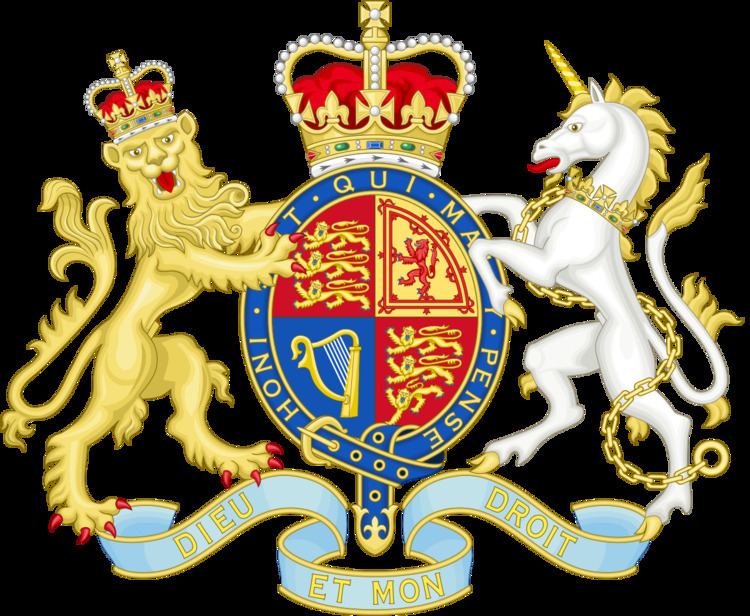Citation 11 & 12 Vict. c. 12 Royal assent 22 April 1848 | Territorial extent United Kingdom | |
 | ||
Long title An Act for the better Security of the Crown and Government of the United Kingdom. | ||
The Treason Felony Act 1848 (11 & 12 Vict. c. 12) is an Act of the Parliament of the United Kingdom of Great Britain and Ireland. Parts of the Act are still in force. It is a law which protects the Queen and the Crown.
Contents
- Punishment and procedure
- Scottish Parliament
- Text
- Repealed provisions
- Discussions
- Relevant cases
- Parliamentary debates
- References
The offences in the Act were originally high treason under the Sedition Act 1661 (later the Treason Act 1795), and consequently the penalty was death. However it was found that juries were often reluctant to convict people of capital crimes, and it was thought that the conviction rate might increase if the sentence was reduced to exile to the penal colonies in Australia (the penalty is now life imprisonment). Consequently, in 1848 three categories of treason (all derived from the 1795 Act) were reduced to felonies. (This occurred during a period when the death penalty in the United Kingdom was being abolished for a great many offences.) The Act does not prevent prosecutors from charging somebody with treason instead of treason felony if the same conduct amounts to both offences.
It is treason felony to "compass, imagine, invent, devise, or intend":
Punishment and procedure
Treason felony is an indictable-only offence. It is punishable with imprisonment for life or any shorter term.
In Northern Ireland, a person charged with treason felony may not be admitted to bail except by order of the High Court or of the Secretary of State.
Scottish Parliament
Treason felony is a reserved matter on which the Scottish Parliament cannot legislate.
Text
The full text of the Act is available online. The wording of section 3 of the Act is:
Repealed provisions
Penal transportation was abolished in 1868, leaving life imprisonment as the maximum sentence.
Section 4 of the Act contained strict rules about treason felony when committed only by speaking. A conviction required a confession in open court, or the evidence of two witnesses to prove the words spoken. Also a prosecution had to be brought within six days of the offence. Section 4 was repealed by the Statute Law Revision Act 1891.
Discussions
In 2001 The Guardian newspaper mounted an unsuccessful legal challenge to the Act in the High Court, alleging that the act "...makes it a criminal offence, punishable by life imprisonment, to advocate abolition of the monarchy in print, even by peaceful means..." They sought a declaration that the Human Rights Act 1998 had altered its meaning so that only violent conduct was criminal. The court held that this was a hypothetical question that did not deserve an answer, since The Guardian was not being prosecuted. The case eventually went to the House of Lords on appeal in 2003. In a unanimous judgement the House agreed that the litigation was unnecessary, but most of the judges nevertheless agreed with (and none disagreed with) Lord Steyn's view that "the part of section 3 of the 1848 Act which appears to criminalise the advocacy of republicanism is a relic of a bygone age and does not fit into the fabric of our modern legal system. The idea that section 3 could survive scrutiny under the Human Rights Act is unreal."
In December 2013 the Ministry of Justice said that Section 3 of the Act, which had made it an offence punishable by life imprisonment to print, or otherwise "by any overt act or deed" to support the abolition of the monarchy or to "imagine, invent, devise, or intend to deprive or depose" the monarch, had been repealed in early 2013, without publicity. However, the Government later stated that the announcement that it had been repealed was wrong, and that it was still on the statute book.
Relevant cases
The last reported case under the Act in the United Kingdom was in 1883, although the Act was used in Australia in 1916 to prosecute the "Sydney Twelve".
